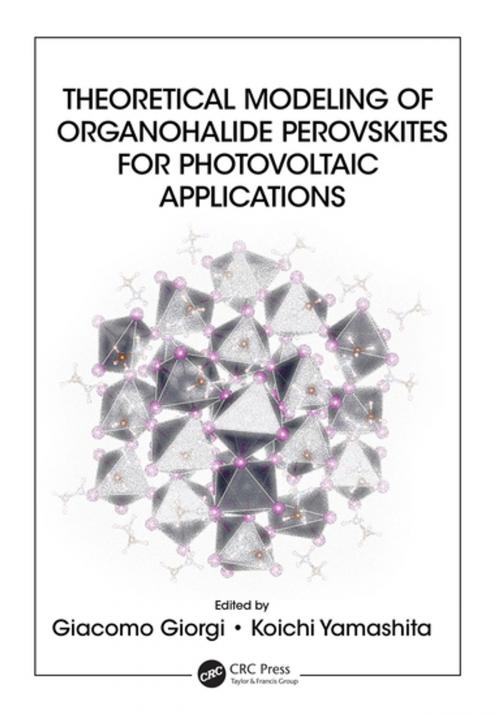Theoretical Modeling of Organohalide Perovskites for Photovoltaic Applications
Nonfiction, Science & Nature, Science, Physics, Solid State Physics, Energy, Chemistry, General Chemistry| Author: | ISBN: | 9781351648462 | |
| Publisher: | CRC Press | Publication: | July 12, 2017 |
| Imprint: | CRC Press | Language: | English |
| Author: | |
| ISBN: | 9781351648462 |
| Publisher: | CRC Press |
| Publication: | July 12, 2017 |
| Imprint: | CRC Press |
| Language: | English |
Perovskites are a class of recently discovered crystals with a multitude of innovative applications. In particular, a lead role is played by organic-inorganic halide perovskites (OIHPs) in solar devices. In 2013 Science and Nature selected perovskite solar cells as one of the biggest scientific breakthroughs of that year. This book provides the first comprehensive account of theoretical aspects of perovskite solar cells, starting at an introductory level but covering the latest cutting-edge research.
Theoretical Modeling of Organohalide Perovskites for Photovoltaic Applications aims to provide a theoretical standpoint on OIHPs and on their photovoltaic applications, with particular focus on the issues that are still limiting their usage in solar cells. This book explores the role that organic cations and defects play in the material properties of OIHPs and their effects on the final device, in addition to discussing the electric properties of OIHPs; the environmentally friendly alternatives to the use of lead in their structural and electronic properties; theoretical screening for OIHP-related material for solar-to-energy conversion; and the nature and the behavior of quasiparticles in OIHPs.
Perovskites are a class of recently discovered crystals with a multitude of innovative applications. In particular, a lead role is played by organic-inorganic halide perovskites (OIHPs) in solar devices. In 2013 Science and Nature selected perovskite solar cells as one of the biggest scientific breakthroughs of that year. This book provides the first comprehensive account of theoretical aspects of perovskite solar cells, starting at an introductory level but covering the latest cutting-edge research.
Theoretical Modeling of Organohalide Perovskites for Photovoltaic Applications aims to provide a theoretical standpoint on OIHPs and on their photovoltaic applications, with particular focus on the issues that are still limiting their usage in solar cells. This book explores the role that organic cations and defects play in the material properties of OIHPs and their effects on the final device, in addition to discussing the electric properties of OIHPs; the environmentally friendly alternatives to the use of lead in their structural and electronic properties; theoretical screening for OIHP-related material for solar-to-energy conversion; and the nature and the behavior of quasiparticles in OIHPs.















